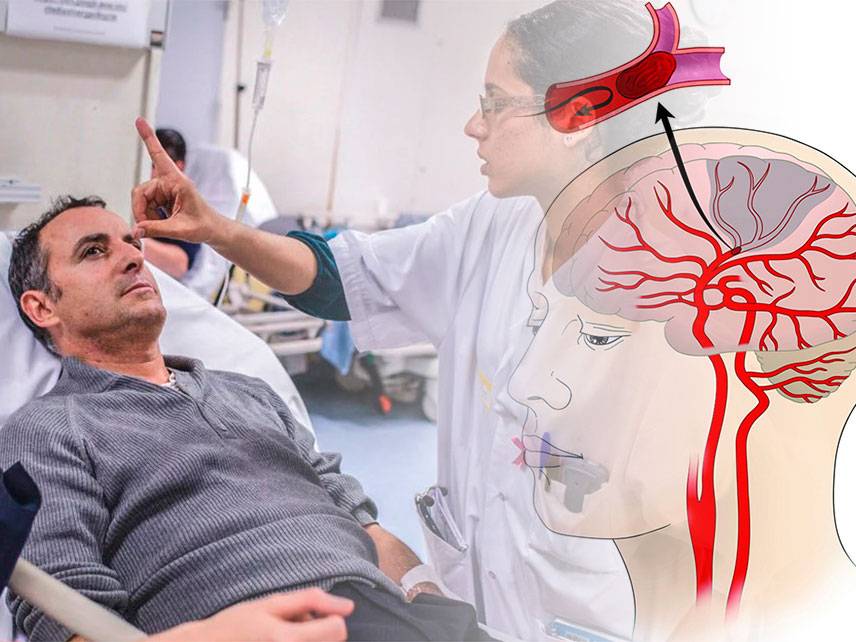A stroke is a medical emergency that occurs when a blood vessel in the brain becomes blocked or ruptures. Without a supply of oxygen and nutrients, the brain cells in the affected area can die within minutes. Stroke is a leading cause of disability, and it can be fatal. Knowing the warning signs and responding quickly can help save lives and minimize long-term effects.
Signs and Symptoms
The signs and symptoms of a stroke can vary depending on the part of the brain that is affected.
The most common warning signs of stroke include:
-
Sudden numbness, weakness, or paralysis in the face, arm, or leg, especially on one side of the body
-
Sudden confusion, trouble speaking, or difficulty understanding
-
Sudden trouble seeing in one or both eyes
-
Sudden trouble walking, dizziness, loss of balance, or lack of coordination
-
Sudden severe headache with no known cause
Causes
A stroke can be caused by a blocked artery or a ruptured blood vessel. The most common type of stroke is an ischemic stroke, which is caused by a blockage of a blood vessel in the brain. Other causes of stroke include a hemorrhagic stroke, which is caused by a rupture of a blood vessel in the brain, and a transient ischemic attack (TIA), which is a temporary blockage of a blood vessel in the brain.
Risk Factors
Certain risk factors can increase a person’s risk of having a stroke. These include age, high blood pressure, diabetes, smoking, high cholesterol, and a family history of stroke. Other risk factors include obesity, physical inactivity, heavy alcohol consumption, and certain medical conditions, such as atrial fibrillation or carotid artery disease.
Prevention
Making lifestyle changes can help reduce the risk of having a stroke. These include eating a healthy diet, exercising regularly, not smoking, and limiting alcohol consumption. It is also important to control risk factors such as high blood pressure and diabetes.
Diagnosis
A doctor can diagnose a stroke by performing a physical exam and asking about the person’s medical history. The doctor may also order tests, such as a CT scan, MRI, or ultrasound, to get a better look at the brain.
Treatment
Treatment for stroke depends on the type and severity of the stroke. Ischemic stroke is treated with medications to dissolve the clot or with a procedure to open the blocked artery. Hemorrhagic stroke is treated with medications to control the bleeding, surgery to repair the damaged blood vessel, or a procedure to reduce pressure in the brain.
Coping and Support
Recovering from a stroke can be a long and difficult process. It is important to remain positive and to stay in contact with family and friends. Joining a support group can also be helpful.
Complications
Recovering from a stroke can be a long and difficult process. Complications can include difficulty speaking, difficulty swallowing, paralysis, muscle weakness, and memory problems.
Living with Stroke
Although a stroke can be devastating, many people can make a full or partial recovery with the right treatment and support. It is important to follow the doctor’s instructions and to continue healthy lifestyle habits. With the proper care, many people can lead full and active lives after a stroke.
A stroke is a serious medical emergency that can cause lasting damage. Knowing the warning signs and responding quickly can help save lives and minimize long-term effects. It is important to make lifestyle changes to reduce the risk of having a stroke, and to seek medical treatment if a stroke is suspected. With the right care and support, many people can make a full or partial recovery.





